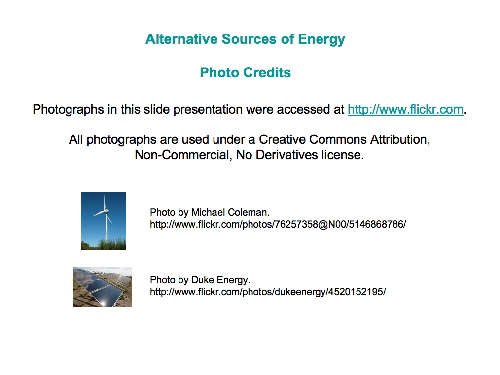Style guides such as MLA or APA provide standards for formal academic publication. You will be required to follow these guidelines for the majority of your school research assignments.
More and more we engage in less formal writing such as writing a blog post, where a less formal citation may be appropriate. Likewise, it may be appropriate to use a less formal citation for a presentation or for a multimedia project.
When using an informal citation, it is very important to include as much information about the source as possible, and a link to the source. Always credit the author or creator of the work when that information is available and/or the organization or publication providing the information.
Citing in a Blog Post
Blogging is an informal form of writing. The inclusion of a formatted in-text citation and reference list might be considered too formal. Nevertheless, the blog writer still has the responsibility to cite sources. Providing links to references and including the name of the author or creator is still an important part of giving credit.
Citing in a Slide Show or Video Presentation
It is sometimes tempting not to include citations for photographs or other media files in a presentation in order to maintain a clean look. But this is no excuse. A citation is required for all information from other sources, including images, music, and other media. Informal citations that give adequate information about the creator and source of the file can be presented in different ways.

Example 1: In this example photo citations have been included directly under each image. They identify the photographer and provide a link to the source.
An advantage of this option is that it puts the citation directly with the image. A disadvantage is that it is difficult to provide full information, like the terms of the license. These photos are both being used with permission under a Creative Commons Attribution, Non-Commercial, No Derivatives license, but that is not indicated in the citation.

Example 2: A credits slide at the end of a presentation offers the opportunity to provide more detailed information, including the terms of the license under which the images were used.
It is a convention in the media to provide credits at the end of a presentation or show. In commercial productions these credits always include information about files used with permission from other sources. The credits at the end of movies and television programs offer some useful examples of how to format this kind of informal citation.
Important Reminders
- Guidelines for copyright and academic honesty always apply, whether your writing style is formal or informal or whether you are using words, images, music or any other form of information.
- Only use media files that you have permission to use.
- Always follow your teacher’s requirements for citation for school assignments. Your school’s teacher-librarian can help.
